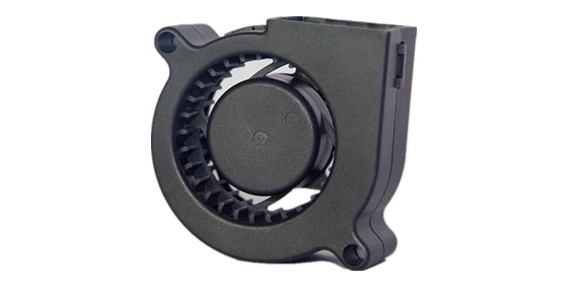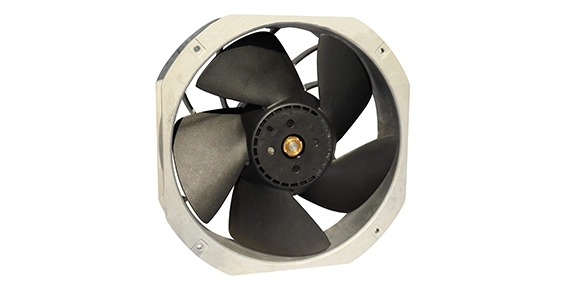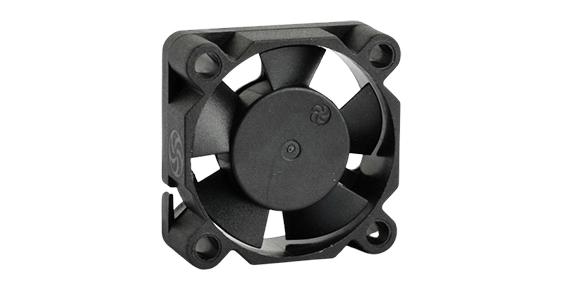5020 blower fans play a crucial role in various industries, from cooling electronic devices to improving airflow in ventilation systems. As technology continues to advance, so does the technology behind these blower fans. This article will discuss some of the key advancements in technology for 5020 blower fans, focusing on noise reduction techniques, efficiency and energy savings, and the impact of airflow control on system performance.
Noise Reduction Techniques for 5020 Blower Fans
One of the significant advancements in technology for 5020 blower fans is the implementation of noise reduction techniques. Traditionally, blower fans were known for their loud operation, causing disturbance in workplaces and homes. However, with the advent of new technologies, manufacturers have been able to significantly reduce the noise levels produced by these fans.
One popular noise reduction technique used in 50mm blower fan is the implementation of advanced fan blade designs. By optimizing the shape and profile of the blades, manufacturers can minimize turbulence and enhance airflow efficiency, resulting in quieter operation. Additionally, the use of high-quality materials and precision engineering further reduces vibrations and noise levels.

Efficiency and Energy Savings in 5020 Blower Fans
Efficiency and energy savings are crucial considerations for any industrial or commercial application. The advancements in technology have allowed manufacturers to develop 5020 blower fans that are not only more efficient but also significantly reduce energy consumption.
One notable technology contributing to efficiency and energy savings is the use of brushless DC (BLDC) motors in 5020 blower fans. BLDC motors are more efficient and consume less power compared to traditional AC motors. They also offer better speed control and longer lifespan. This technology allows for precise control of fan speed, optimizing airflow while reducing energy consumption.
Moreover, advancements in blade design and materials also contribute to improved efficiency. Lightweight materials, such as advanced polymers and composites, reduce the fan's overall weight and rotational inertia, resulting in better energy efficiency.
Impact of Airflow Control in 5020 Blower Fans on System Performance
The control of airflow within a system is vital for its overall performance. With the advancements in technology, 5020 blower fan offers improved airflow control, which positively impacts system performance.
One technological advancement that enables better airflow control is the implementation of variable speed drives (VSD). VSDs allow users to adjust the fan speed based on the system's requirements, ensuring optimal airflow. This not only improves the system's overall performance but also reduces energy consumption by avoiding unnecessary fan speed.
Furthermore, intelligent control systems have been integrated into 5020 blower fans, allowing for more precise and efficient airflow management. These systems can monitor environmental conditions, such as temperature and pressure, and automatically adjust fan speed accordingly. This ensures that the system operates at optimal conditions, leading to improved performance and energy savings.
In conclusion, advancements in technology have greatly enhanced the capabilities of 5020 blower fans. Noise reduction techniques, such as advanced blade designs and high-quality materials, have minimized disturbances in various environments. The adoption of brushless DC motors has improved efficiency and energy savings in these fans. Additionally, the integration of variable speed drives and intelligent control systems allows for better airflow control, optimizing system performance. As technology continues to advance, we can expect further innovations in the field of 5020 blower fans, making them even more efficient and effective in various applications.


 EN
EN 

 +
+
 +
+
 +
+



